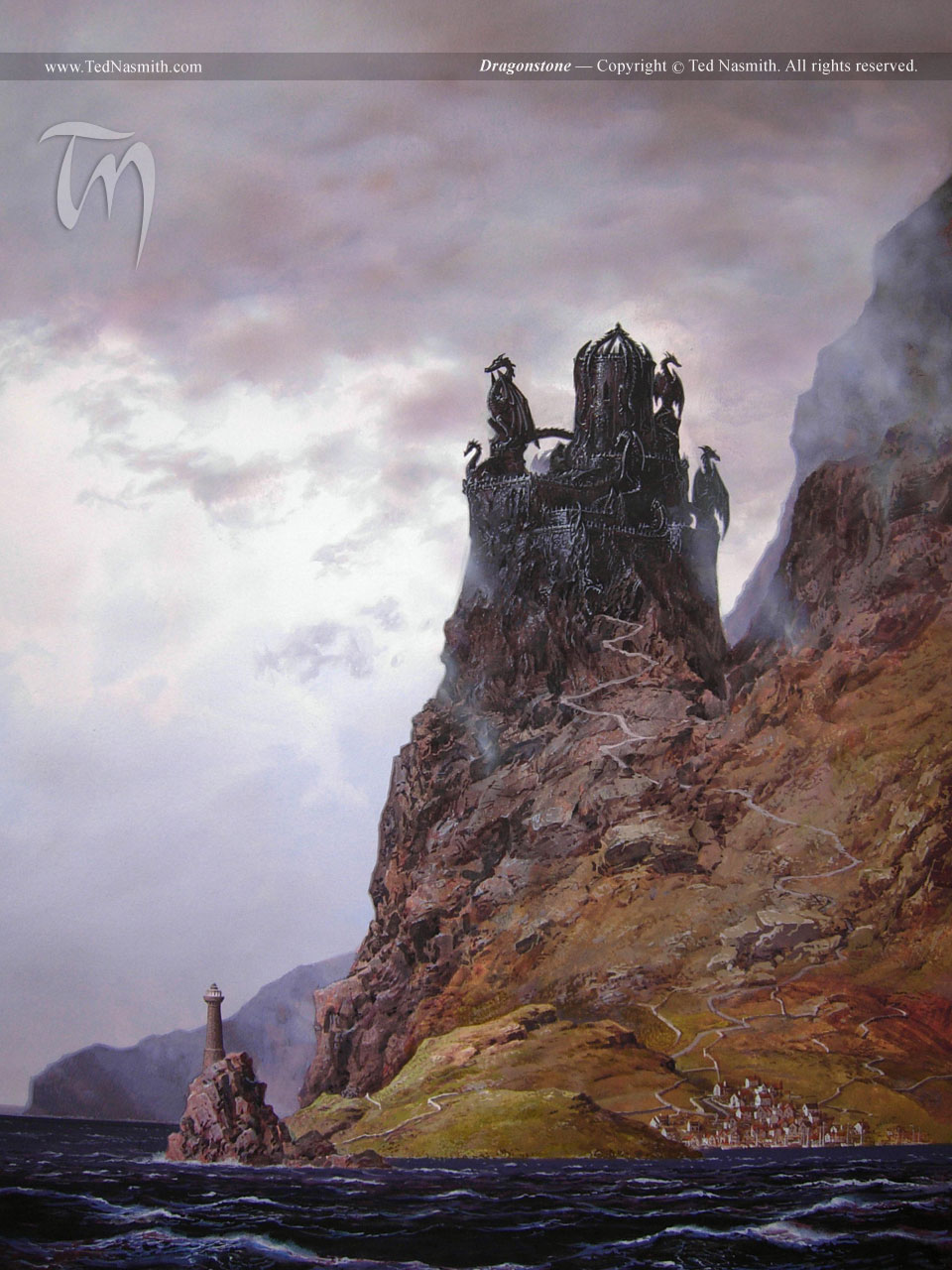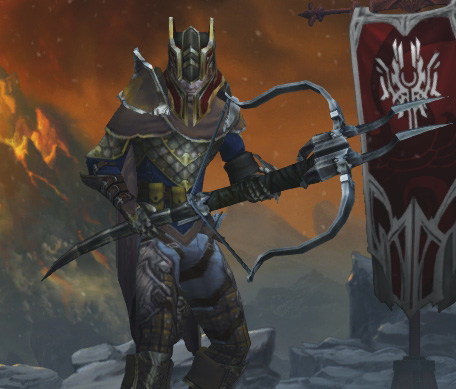No those were stone dragons. I think Stannis never found the eggs because they were in a fault.
"Stone Dragons" could easily be a reference to petrified eggs.
No those were stone dragons. I think Stannis never found the eggs because they were in a fault.
I presume that she meant the stone dragons that surround the castle. Otherwise she would have likely worded it differently."Stone Dragons" could easily be a reference to petrified eggs.

*vault.
NO. God no. Why the fuck would you want to? That is not a useful skill in combat or hunting, which you know, are the whole reasons you learn archery in a medieval setting.Question, will the SI ever try and learn new tricks from Dothraki archers etc. when he gets exiled to do something like this?
Didn't the guy still pierce chainmail?It is all flashy and cool, but underneath it all it is worthless.
Yes, from extremely close range, with modern arrows, which are not the proper relative weight or size. Riveted chainmail is not a particularly good armor type against arrows. Period soldiers would wear thick padding under chainmail, which provides additional protection (padded armor is probably superior to maile in most respects against arrows anyway).
Well I'm not the one who actually practices archery so I'll defer to your judgement. Though I'm sad that it can't be used.Simply put, the video as a demonstration of a kind of interesting skill is fine. As a demonstration that it was useful and practical talent in period-accurate combat... no.
Not only is additional mass needed (which is why iron or heavy wooden bolts were preferred for crossbows) but a special tip is required to help pierce plate and padding.This is because battlefield arrows are heavy compared to the lighter ones used for hunting or target shooting, and you need more energy to move more mass the same distance. (The additional arrow mass is needed for piercing armor)

If you're looking for kill ratios of archers vs. other types of weapons in legitimate war scenarios, there are some really good statistics out of Japan during the period leading up to the formation of the shogunate.
Is this is the part where we offer you unsolicited advice to equip all your soldiers with bicycles and chu ko nus?
Chu ko nus are automatic crossbows complete with ammo magazines, and thus are objectively the best thing in existence.I have no idea what those are, but I want to see it happen anyway.

Pfft. Chu ko nus? Naw, it'll only be effective if they're equipped with perfect Buriza-Do Kyanon's.

no we arent, we are discussing the merits of long range medieval warfare which would be intrinsic to a book series like a song of ice and fire as well as to the story at hand.Considering the fact that the drawstring is so short that there's no way the bow could be straightened to the point you'd normally expect, that a just a stupid fantasy crossbow. The draw would probably be fairly low for a crossbow, honestly.
But we're getting rather off the topic of the actual story at this point.
We've been off topic since like eleven seconds after the last story post.But we're getting rather off the topic of the actual story at this point.